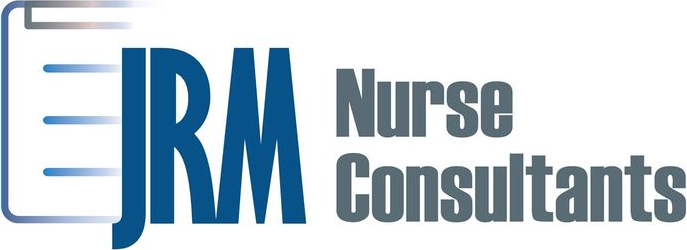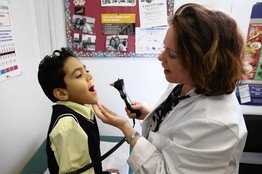I remember most recently having a bad reaction to zinc when I took it on an empty stomach (yes learned that lesson) and passing out with blood pressure and blood sugar bottoming out. I felt better on the ambulance ride to the hospital after some IV fluids. The paramedics stayed with me until they had a room to take me to for an exam. But the nurse then said since I was feeling better, I can get up off the stretcher and wait in the regular waiting room. They sent an orderly to walk me to the waiting room. I had my purse, winter coat, boots in one hand and my work bag in the other hand. The orderly did not offer to get a wheelchair to help me considering I had just passed out an hour ago. I thought to myself at that moment boy he is rude as he walked 20 feet ahead never looking back to see if I was okay and two, never offered to help carry anything. My husband arrived minutes later and was appalled at the treatment of a patient this way.
Now at this moment, I still have not been seen for any lab work or by a doctor. When I finally got into a room two hours later, the doctor did not come in for another hour and a half. When he came in, he was there a whole 2 minutes and said we are going to send you for some chest x-rays, lab work, EKG and put you on a heart monitor and watch you for 23 hours. I said wait, I had a bad reaction to a medication how do you derive at all this in a 2 minutes checkup? The best part is where they make you wait for 23 hours is an open room with many other patients looking at you from across the hall. This triage area does not have curtains, it is a holding area. I grabbed my things and said I will see my regular doctor thank you very much.
I cannot understand legally or ethically how patients can be treated this way. Is there not a policy in hospitals that they must follow to give better patient-centered care? As in the Colorado model, it states there should be a management leader looking out for the rest of the team to be sure that patients are being informed of things and being involved in their care as opposed to left alone for hours at a time and not a single explanation of care and why it is being ordered (Goode, Fink, Krugman, Oman, & Traditi, 2010).
References
Goode, C. J., Fink, R. M., Krugman, M., Oman, K. S., & Traditi, L. K. (2010, August 10). The Colorado patient-centered interprofessional evidence-based practice model: A framework for transformation. Worldviews on Evidence-Based Nursing, 96-105.





